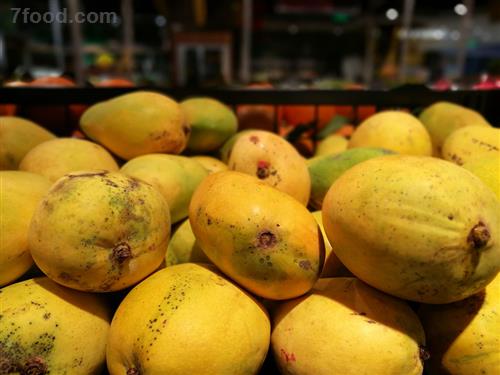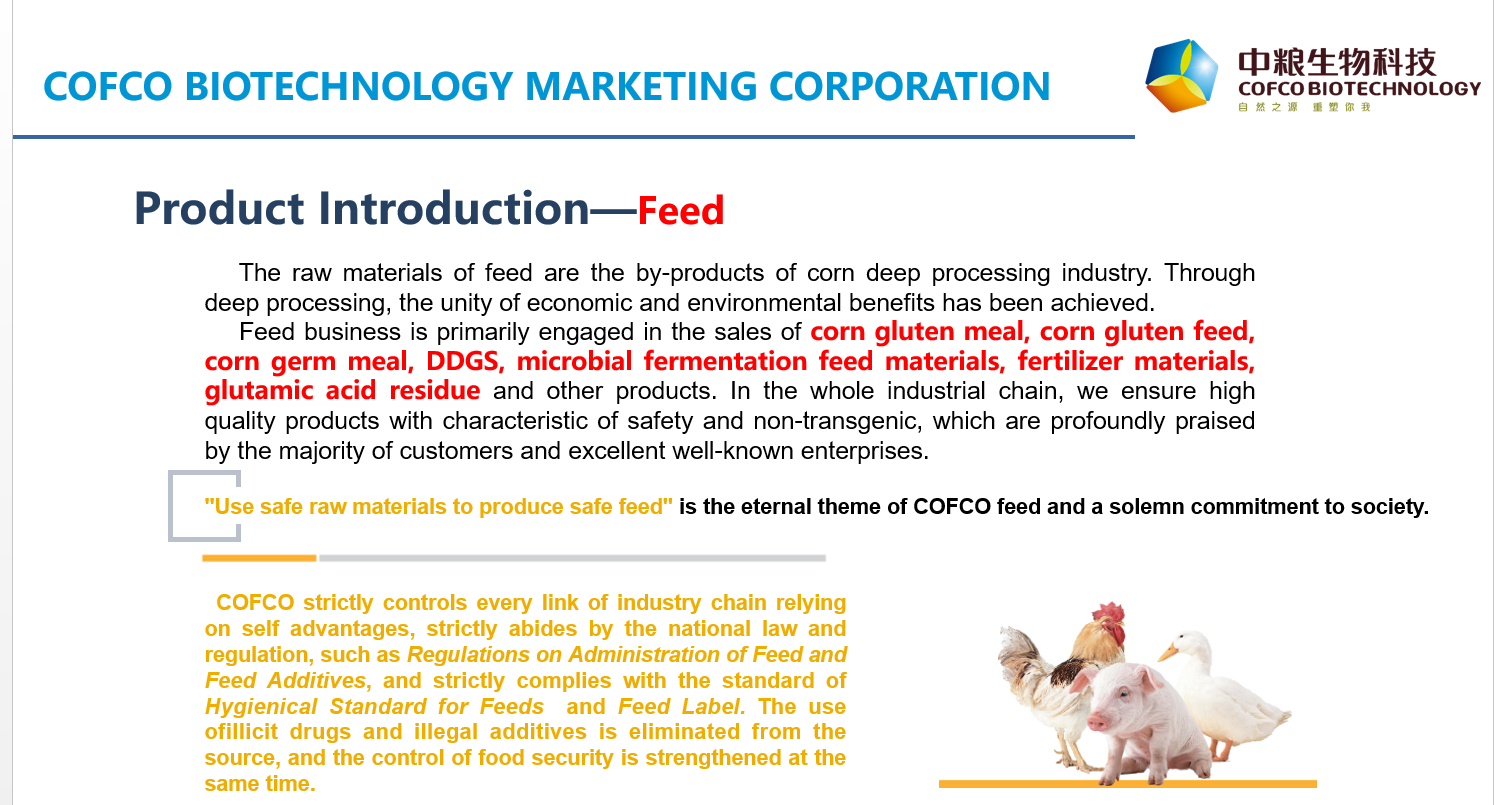Why is eating mango allergic? 6 people don't eat mango
From the end of April to the beginning of May, it was the season of mangoes. The fruit stand was full of mango monarchs. Mango is one of the famous tropical fruits. The mango fruit contains sugar, protein, and crude fiber. Mango contains particularly high levels of vitamin A precursor carotene, which is rare in all fruits. Second, vitamin C content is not low. Minerals, proteins, fats, sugars, etc. are also the main nutrient components. Can make juice, jam, canned, pickled, sour kimchi and mango milk powder, candied fruit and so on. Although only mangoes are good, some people can't eat them. Apart from allergic symptoms, mangoes can make skin diseases and asthma worse. Why is eating mango allergic? Who should not eat mango?
Why does mango cause allergies?
Because fresh mango contains some ingredients that are similar to those contained in the paint, it has a great irritating effect on the mucous membranes of the skin. When people eat mango, it is easy to smear mango juice on the mouth, cheeks, etc. to stimulate the facial skin. Facial swelling, inflammation, severe eye swelling, pain phenomenon. Clinically known as mango dermatitis, although mango allergy is not life-threatening, it is unbearable and painful. Blisters and erosion may occur if improperly handled. The small mango stimulant content is higher and more complex.

Mango allergy symptoms
Facial redness and inflammation
The most typical symptom of eating mango allergies is the phenomenon of facial flushing caused by allergies, especially the most common facial swelling, because most people like to peel the skin of mango, eat mango directly into the mouth, In this way, mango juice and flesh are on the cheeks of the mouth. Mangoes contain a large number of allergenic acids, proteins and amino acids. Allergies are triggered when the skin on the face comes in direct contact with these allergenic substances.
Eye irritation and pain
People who eat mango allergy first have symptoms of facial redness and inflammation, and may develop redness and pain in the eyes in the next few days. This is a symptom of the large-scale response of the body's immune system to allergic inflammation and is one of the symptoms of the disease.
Vomiting, diarrhea
A very small number of people suffer from diarrhea and vomiting after eating mangoes. This is the reaction of the gastrointestinal tract of allergies to fruit acids and proteins that are prone to allergenic substances in mangoes. This symptom of eating mango allergy is very rare.
Mango dermatitis
Mango is the fruit of the evergreen tree mango tree of the family Isatis, and its composition contains mono- or dihydroxybenzenes (in the lacquer it often causes allergies because of the presence of the antigen), especially the incompletely mature mango also contains acetic acid, Skin and mucous membranes have a certain stimulating effect. "Mango dermatitis" generally occurs in parts that come into contact with mangoes and are not rinsed with water in a timely manner. They are often found on the perioral (double sided mouths, upper and lower jaws, or cheeks). The rashes are uniformly or irregularly distributed reddish patches, and erythema may be seen densely. And tiny papules. Experts suggest that when you eat mango, it is best to cut it into small pieces and put it in the mouth to prevent contact with the face.
These 6 people don't eat mango
1, asthma patients should be careful to eat mango, should also follow the doctor's advice to eat. In fact, there are more than Chinese doctors who have this disease. Western medicine also lists mangoes as an asthma taboo.
2, due to the high sugar content of mango, so diabetics should not eat.
3, Deficiency cough (throat itch whiteness) should avoid eating, so as not to itch throat. Mangoes contain irritating substances. Some people eat it and cause allergies. People who have coughs eat mangoes, which may cause coughing or worsen the condition.
4, mango leaf and mango juice can cause allergic people's dermatitis, so people with allergies should pay attention. If you eat mango every time you just have a little swollen lips, long rashes, and the symptoms fade quickly enough to eat again. If allergic symptoms of mango are obvious, and develop into systemic allergy, you should hurry to the hospital and you must firmly bid farewell to mango.
5, mango with wet poison, suffering from skin diseases or cancer, should avoid eating. Having a wet person with a wet food such as mango may worsen the situation. Skin diseases such as eczema, sore pus, gynecological diseases such as leucorrhea, medical diseases such as edema, athlete's foot, etc., are called wet in traditional Chinese medicine.
6, patients with nephritis, rubber, cashew, ivy, birch pollen, celery, carrots, bananas, pineapple, papaya and other allergic persons should be careful to eat mango. Eating more mangoes can cause allergies and can seriously damage the kidneys.
How to choose mango
Look at fruit shape: Because the mango's core is relatively large, so when selecting mangoes, try to pick the nuclear mangoes so as to eat more flesh. From the fruit shape can be judged the size of the fruit, generally speaking, long fruit-shaped mango, nuclear smaller, and fruit shape short thick mango, nuclear thicker.
Look at the peel: The mango has a uniform yellow-orange skin, smooth skin, no black spots around the fruit pedicle, and a firm feel and a fleshy texture when touched. If the skin is dark green, the skin is astringent, or there are black spots around the epidermis and the fruit pedicle, immature mangoes or ripe mangoes.
Look at the Gotti: You can use the handcuffs at the time of purchase. If you feel firmer and more elastic, it is mature mango; and the hard or soft parts of the fruit pedicle indicate poor quality.
Look at the flesh: Cut the mango and if it is found that the core is hard and the flesh is yellow, the fruit is ripe; if the nucleus is still soft and the flesh is white, the fruit is not ripe.
Trying to ups and downs: Identifying mangoes can also be done by putting them into the water to try floating. If the mango is submerged or semi-submerged after being placed in the water, the mango has matured; if the mango is floating on the surface, the mango is not mature yet.

Feed Additive,Corn Gluten Meal Liquid,Cat Food Corn Gluten Meal,Corn Gluten Meal Mice
JILIN COFCO BIO-CHEM AND BIO-ENERGY MARKETING CO., LTD , https://www.cofco-biotech.com